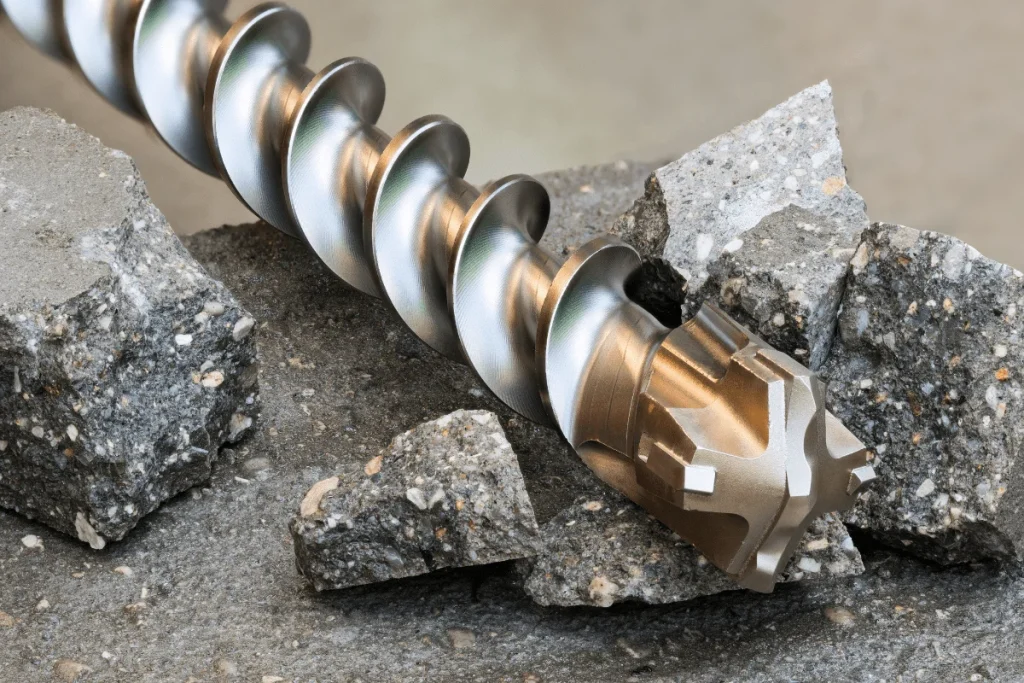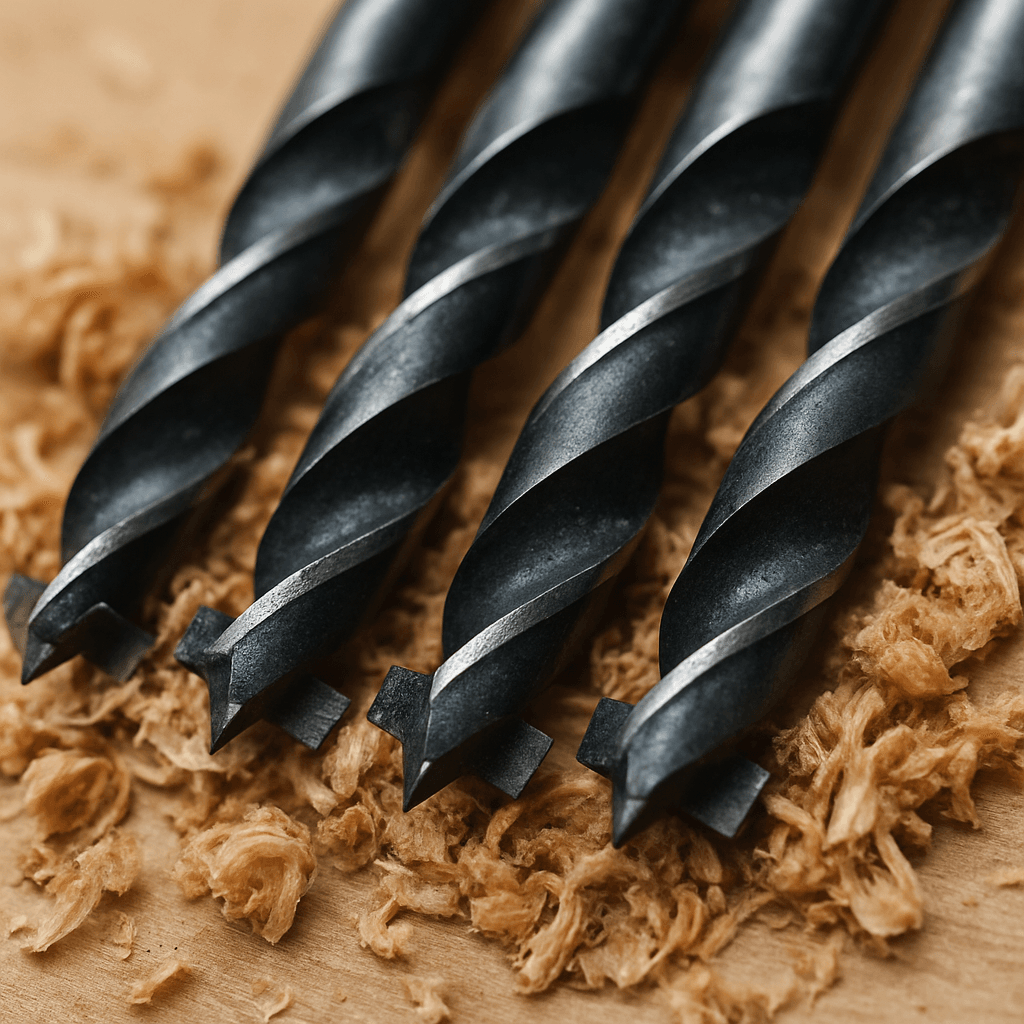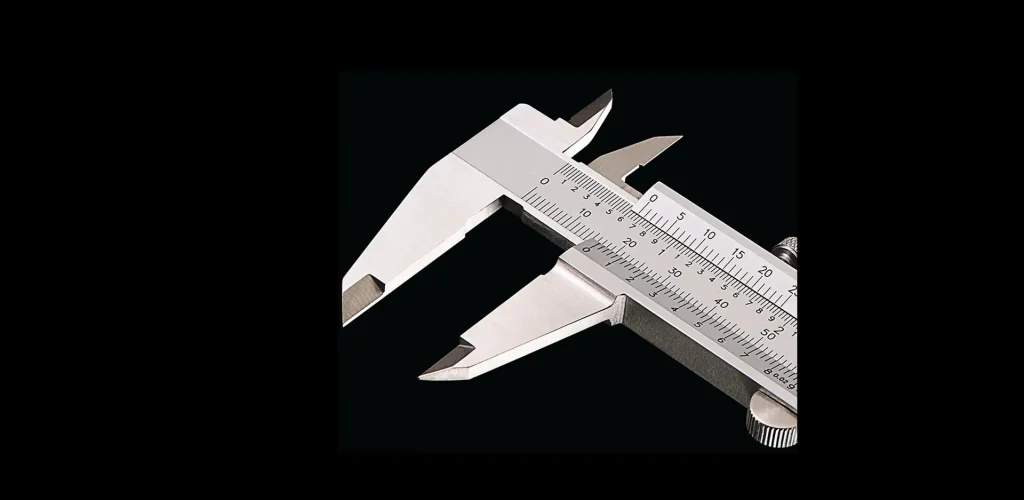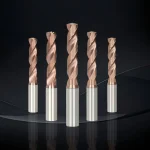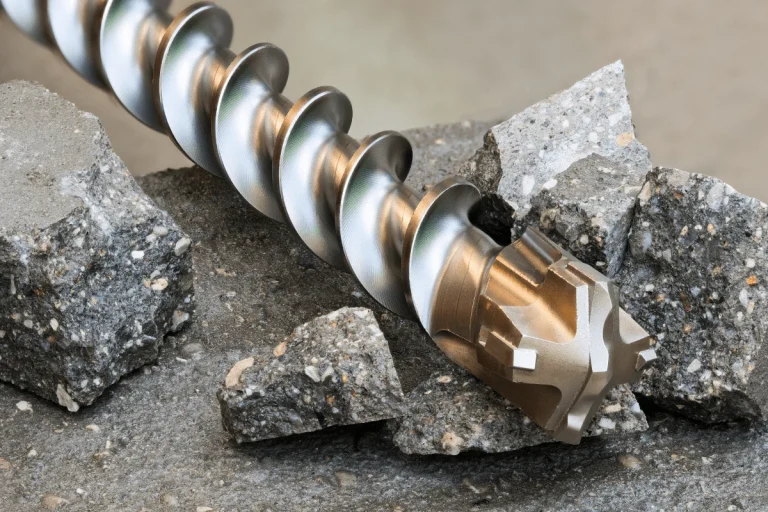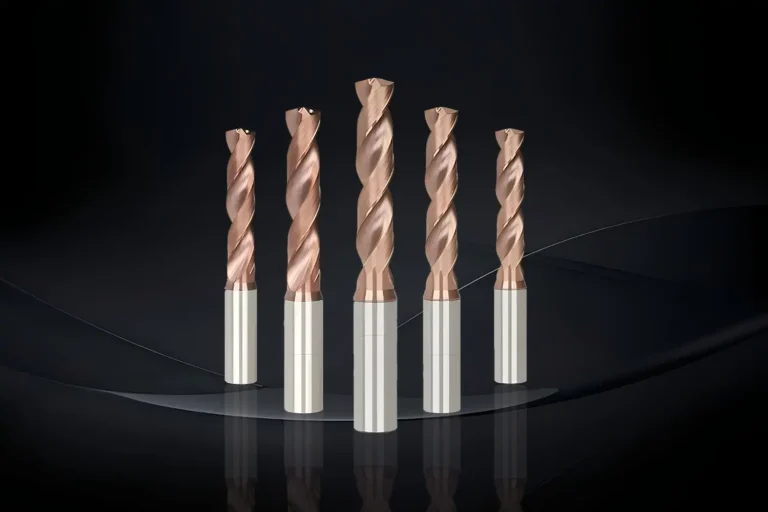Understanding drill bit sizes is crucial for any DIY enthusiast or professional tradesperson. Whether you’re working on woodworking, metalworking, or any other project requiring precision, knowing how to convert between metric and standard (imperial) drill bit sizes can save you time and frustration. This guide will help you navigate the drill bit size conversion, provide a clear drill size chart, and offer insights into using metric vs. imperial drill bits effectively.
For those who frequently switch between different types of projects, understanding these conversions becomes even more vital. A well-rounded knowledge of both systems ensures you are never caught off guard, regardless of the specifications of your project. As we delve deeper, you’ll discover practical tips and tools that will streamline your drilling tasks and enhance the quality of your work.
Drill bits come in a variety of sizes, and the measurements can be expressed in either metric or imperial units. In the metric system, sizes are typically shown in millimeters (mm), while in the imperial system, sizes are expressed in inches. This duality can sometimes lead to confusion, especially for those who are more accustomed to one measurement system over the other.
Drill bits are not only measured by their diameter but also by their length and the material they are made from, which can further complicate the selection process. Understanding these aspects is crucial for choosing the right bit for your specific needs. With the right knowledge, you’ll be able to select the appropriate bit with confidence, ensuring the success of your drilling projects.
Metric vs. Imperial: What’s the Difference?
The metric system is based on the meter, which is divided into centimeters and millimeters. This system is commonly used around the world, favored for its simplicity and ease of conversion. The imperial system, primarily used in the United States, is based on inches, feet, and yards, which can appear more complex due to its reliance on fractions and varied units of measurement.
When it comes to drill bits, the metric system is straightforward, with sizes like 2mm, 3mm, and so on, providing a clear and consistent method of measurement. The imperial system, however, can be a bit more complex, with sizes expressed as fractions or decimals, like 1/8″, 3/16″, or 0.125″. Understanding these differences is vital for selecting the right tool and avoiding mistakes that could lead to improper fit or damage to your materials.
Why Convert Drill Bit Sizes?
Converting drill bit sizes from metric to standard (imperial) is essential for several reasons:
- Compatibility: If you’re using tools or machinery designed in one measurement system, you may need to convert drill bit sizes to ensure compatibility. This is especially true in international projects where tools and parts may originate from different parts of the world.
- Precision: Certain projects require specific drill bit sizes for precise holes, such as when working with screws, bolts, or other fasteners. An incorrect size can lead to weak joints or structural failures, emphasizing the importance of accurate conversions.
- Availability: Depending on where you are located, certain drill bit sizes might only be available in one measurement system, necessitating a conversion. This is particularly important when sourcing materials in bulk or when local suppliers only carry certain standards.
By understanding and applying these conversion principles, you can ensure that you have the right tool for every job, regardless of the original specifications.
Drill Bit Conversion: How to Do It
Using a Drill Size Chart
A drill size chart is a handy tool that provides a quick reference for converting between metric and standard drill bit sizes. These charts typically list drill bit sizes in both millimeters and inches, making it easy to find the equivalent size in the other system. They are indispensable for anyone who frequently works with both measurement systems.
Drill size charts are often available online and can be downloaded for free, allowing you to keep a copy on your phone or print one out for easy access in your workshop. This convenience ensures that you can make quick decisions without pausing your work to calculate conversions manually.
Example Drill Size Chart
| Metric (mm) | Imperial (inches) |
|---|---|
| 1 mm | 0.0394″ |
| 2 mm | 0.0787″ |
| 3 mm | 0.1181″ |
| 4 mm | 0.1575″ |
| 5 mm | 0.1969″ |
| 6 mm | 0.2362″ |
| 7 mm | 0.2756″ |
| 8 mm | 0.3150″ |
| 9 mm | 0.3543″ |
| 10 mm | 0.3937″ |
This chart provides a quick reference, but it’s important to note that there are many more sizes available, especially as you get into more specialized or industrial applications. Having a more comprehensive chart can be helpful for those who work with a wide range of materials and projects.
Manual Conversion: Millimeters to Inches
If you don’t have a drill size chart handy, you can manually convert millimeters to inches. The conversion factor is 1 millimeter equals 0.0393701 inches. Therefore, you can multiply the millimeter size by this factor to get the equivalent size in inches. This method is reliable and can be performed with a simple calculator or even mentally with practice.
Example Conversion: To convert 5mm to inches:
5mm x 0.0393701 = 0.1969 inches
This manual conversion allows for quick adjustments and adaptations on-site, particularly useful when working in environments where digital tools may not be readily available.
Manual Conversion: Inches to Millimeters
Similarly, to convert inches to millimeters, use the conversion factor of 1 inch equals 25.4 millimeters. Multiply the inch size by this factor to find the millimeter equivalent. This process is straightforward, ensuring that you can always find the right size, no matter the starting measurement.
Example Conversion: To convert 0.25 inches to millimeters:
0.25 inches x 25.4 = 6.35mm
These manual conversion techniques are valuable skills, empowering you to handle any measurement challenges that arise during your projects.
Choosing the Right Drill Bit
When selecting a drill bit, consider the material you’re working with and the precision required. Here are some tips for choosing the right drill bit:
- Material: Use high-speed steel (HSS) bits for general-purpose drilling. For harder materials like metal, consider cobalt or carbide-tipped bits. These materials are designed to handle the increased friction and heat, ensuring cleaner cuts and longer-lasting tools.
- Coating: Titanium-coated bits last longer and reduce friction, while black oxide-coated bits resist rust. These coatings can significantly extend the life of your bits, making them a worthwhile investment for anyone who drills frequently.
- Point Angle: A 118-degree angle is suitable for softer materials, while a 135-degree angle works better for harder materials. This distinction helps optimize the bit’s performance, reducing wear and tear and improving the quality of your work.
Understanding these factors can greatly enhance your ability to select the perfect bit for each job, minimizing errors and maximizing efficiency.
Using Metric vs. Imperial Drill Bits
Advantages of Metric Drill Bits
- Simplicity: Easy to understand and use, especially for those familiar with the metric system. The consistent increments make it simple to choose the right size without needing to perform complex calculations.
- Precision: Provides fine increments, suitable for detailed work. This precision is particularly beneficial in industries where even slight deviations can impact the final product’s quality.
Advantages of Imperial Drill Bits
- Availability: Widely used in the United States, making them easier to find in local stores. This widespread availability ensures that you can always find replacements or new sizes without hassle.
- Versatility: Often used in conjunction with imperial-sized screws and bolts, making them an ideal choice for projects that rely on these standards. This compatibility streamlines the process, ensuring that all components work seamlessly together.
Understanding the benefits of each system allows you to choose the best option for your specific needs, enhancing your project outcomes.
Conclusion
Understanding metric to standard drill bit sizes is essential for anyone involved in DIY projects, construction, or manufacturing. By using a drill size chart, you can quickly convert between metric and imperial sizes, ensuring you always have the right tool for the job. Whether you prefer metric or imperial, knowing how to navigate between these systems will enhance your efficiency and precision in any project.
Armed with this knowledge, you are now better prepared to tackle any task requiring precise drilling. Whether you’re a seasoned professional or a hobbyist, mastering these conversions will serve you well in all your endeavors. Happy drilling!



